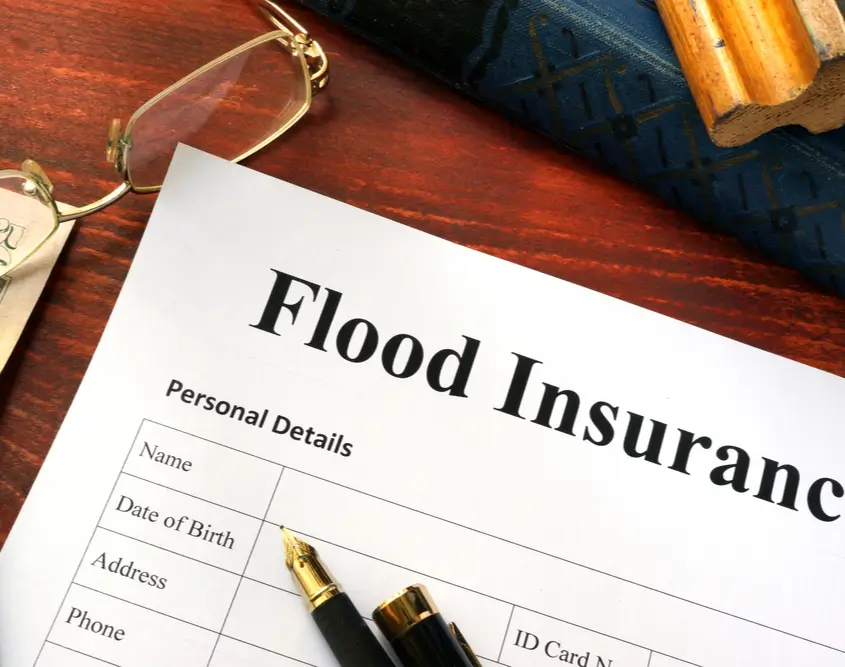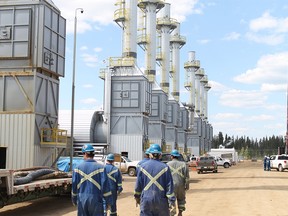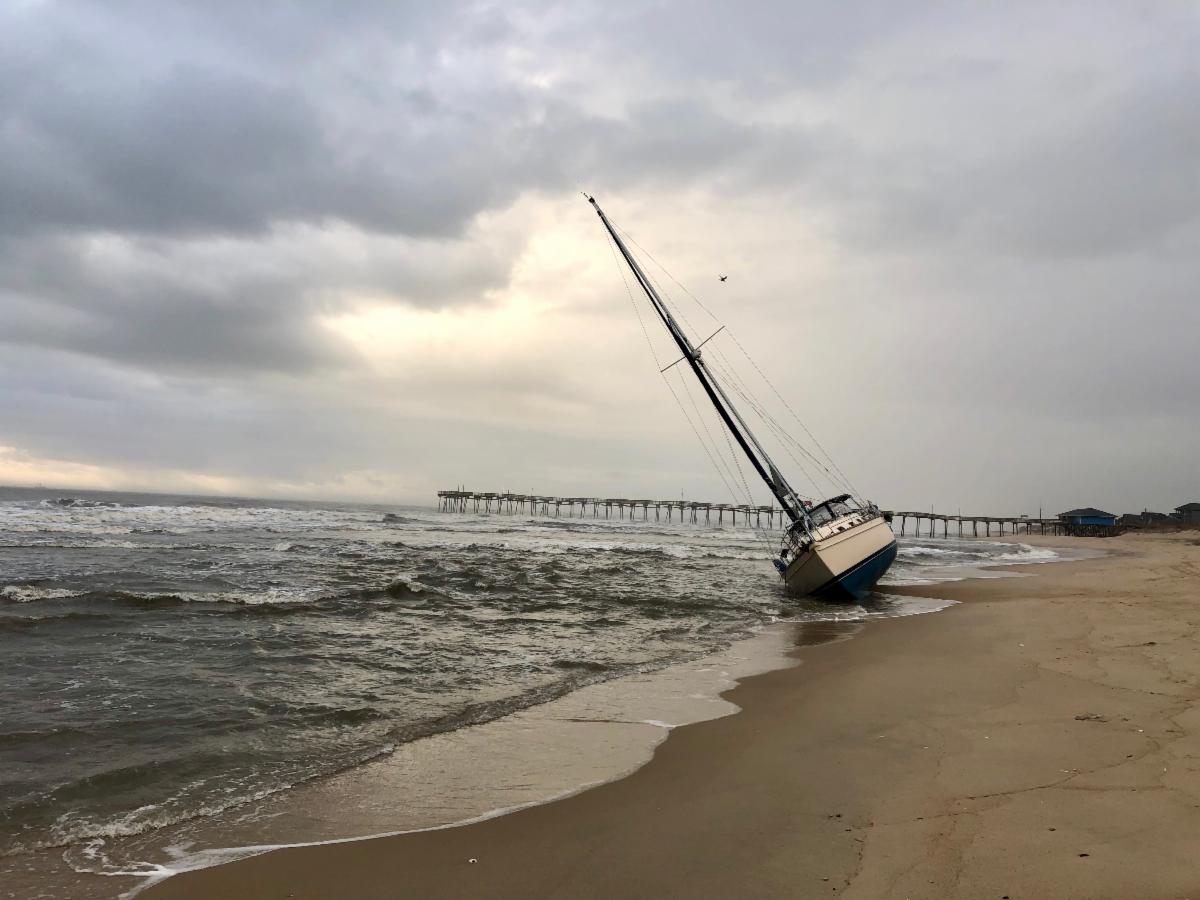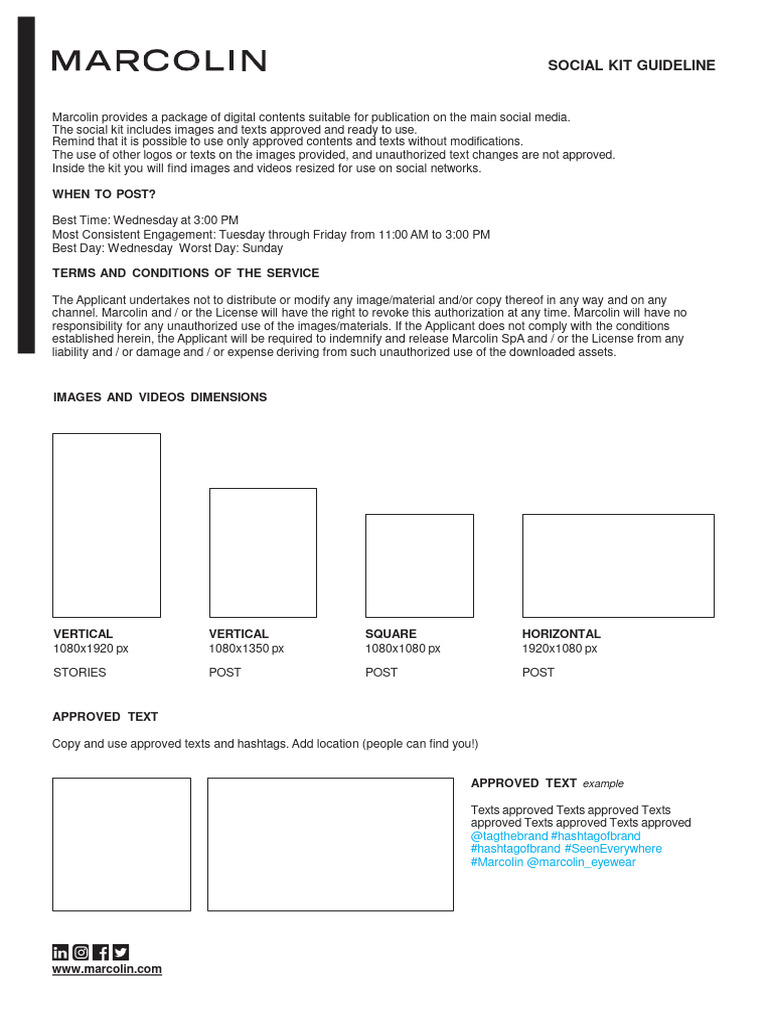Understanding Flood Alerts: A Comprehensive Guide

Table of Contents
Types of Flood Alerts and Warnings
Understanding the different types of flood alerts is the first step in effective flood preparedness. Knowing the difference between a flood watch, warning, and advisory will help you respond appropriately.
What are Flood Watches?
A flood watch means that conditions are favorable for flooding. It's not an immediate threat, but the potential for flooding exists. Think of it as a yellow alert.
- Indicates: Conditions are favorable for flooding. Heavy rainfall, snowmelt, or dam failure are possible contributing factors.
- Action Required: Monitor weather conditions closely. Pay attention to local news and weather reports. Review your emergency plan and ensure everyone in your household knows what to do. Begin gathering essential supplies if you haven't already.
- Example: The National Weather Service issues a flood watch for your area due to predicted heavy rainfall.
What are Flood Warnings?
A flood warning indicates that flooding is occurring or is imminent. This is a serious alert requiring immediate action. Consider this a red alert.
- Indicates: Flooding is happening now, or will happen very soon. This is a serious situation requiring immediate action.
- Action Required: Take immediate action to protect yourself and your property. Move valuable items to higher ground. Evacuate if instructed by authorities. Never attempt to drive through flooded areas.
- Example: The local authorities issue a flood warning, advising residents in low-lying areas to evacuate immediately due to rapidly rising river levels.
What are Flood Advisories?
A flood advisory is less severe than a warning. It indicates that flooding is possible in specific areas, often localized.
- Indicates: Flooding is possible in specific areas. The threat is less severe than a warning, but still requires attention.
- Action Required: Stay informed about the situation. Monitor local news and weather reports for updates. Be prepared to take action if conditions worsen.
- Example: A flood advisory is issued for a particular neighborhood due to heavy localized rainfall.
How to Receive Flood Alerts
Staying informed is paramount to flood safety. Utilizing multiple channels for receiving alerts ensures you won't miss crucial information.
Utilizing Weather Apps and Websites
Reliable weather apps and websites are crucial for receiving timely flood alerts.
- Smartphone Apps: Download reputable weather apps like The Weather Channel, AccuWeather, or WeatherBug. Many allow you to set customized alerts for your specific location.
- Government Websites: Bookmark the website of your National Meteorological Service (e.g., the National Weather Service in the US) and your local government's emergency management agency. These often provide the most accurate and up-to-date information.
- Social Media: Social media can offer real-time updates from local news sources and community members, but remember to verify information from official sources before acting on it.
Registering for Emergency Alerts
Government emergency alert systems are designed to reach residents quickly during emergencies.
- NOAA Weather Radio (US): This dedicated radio system broadcasts continuous weather information, including flood warnings and advisories.
- Local Emergency Notification Systems: Most local governments have systems to send alerts via text message, email, or phone call. Register your contact information on your local government's website.
- Wireless Emergency Alerts (WEA): This system sends alerts directly to compatible cell phones. You usually don't need to register for this service.
Actions to Take During a Flood Alert
Preparation is key to surviving a flood. Knowing what to do before, during, and after a flood alert significantly reduces the risk.
Before the Flood
Proactive measures minimize the impact of a flood.
- Develop a Family Emergency Plan: This plan should include evacuation routes, meeting points, and contact information for family members.
- Locate Important Documents and Valuables: Keep important documents (insurance policies, identification) in a waterproof container and readily accessible.
- Prepare an Emergency Kit: Include food, water, first-aid supplies, medications, flashlights, and blankets.
- Identify Evacuation Routes: Know multiple routes out of your home and neighborhood in case one becomes impassable.
During the Flood
Responding appropriately during a flood can save lives.
- Follow Instructions from Emergency Officials: Obey evacuation orders and other instructions from authorities.
- Evacuate Immediately if Instructed: Don't wait until it's too late. Move to higher ground or a designated shelter.
- Never Drive Through Flooded Areas: Even shallow water can be dangerous; it can conceal deep holes or strong currents.
- Turn Off Utilities if Instructed: Turn off gas, electricity, and water if instructed by authorities to prevent further damage or hazards.
- Move Valuables to Higher Ground: If evacuation isn't necessary, move important items to the highest level of your house.
After the Flood
Post-flood actions are critical for safety and recovery.
- Check for Injuries and Seek Medical Help if Needed: Prioritize the safety and well-being of yourself and your family.
- Avoid Floodwaters: Floodwaters can be contaminated with sewage and other hazardous materials.
- Contact Your Insurance Company to Report Damages: Begin the process of filing claims as soon as possible.
- Follow Instructions for Cleaning and Disinfecting Your Property: Take appropriate steps to clean and disinfect your home to prevent mold and other health hazards.
Conclusion
Understanding flood alerts is vital for ensuring your safety and minimizing potential damage during a flood. By staying informed through various channels, preparing an emergency plan, and taking appropriate action based on the type of alert issued, you can significantly reduce your risk. Remember to regularly check for updated flood alerts and warnings in your area. Proactive flood preparedness is key to mitigating the impact of this devastating natural disaster. Stay safe and informed by staying on top of your local flood alerts and warnings. Don't wait until a flood warning is issued; begin your flood preparedness plan today.

Featured Posts
-
 Apples Tim Cook Faces Mounting Pressure In 2023
May 25, 2025
Apples Tim Cook Faces Mounting Pressure In 2023
May 25, 2025 -
 The Future Of Healthcare Analysis Of The Philips Future Health Index 2025 On Ai
May 25, 2025
The Future Of Healthcare Analysis Of The Philips Future Health Index 2025 On Ai
May 25, 2025 -
 Amundi Msci World Ex Us Ucits Etf Acc Nav Calculation And Importance
May 25, 2025
Amundi Msci World Ex Us Ucits Etf Acc Nav Calculation And Importance
May 25, 2025 -
 Organic Growth Takes Precedence Cenovus Ceo On Potential Meg Acquisition
May 25, 2025
Organic Growth Takes Precedence Cenovus Ceo On Potential Meg Acquisition
May 25, 2025 -
 Front Lawn Shipwreck Container Vessel Grounds On Residential Property
May 25, 2025
Front Lawn Shipwreck Container Vessel Grounds On Residential Property
May 25, 2025
Latest Posts
-
 Jenson And The Fw 22 Extended Everything You Need To Know
May 25, 2025
Jenson And The Fw 22 Extended Everything You Need To Know
May 25, 2025 -
 Conquering Dr Terrors House Of Horrors Tips And Tricks
May 25, 2025
Conquering Dr Terrors House Of Horrors Tips And Tricks
May 25, 2025 -
 Formula 1 Star Jenson Button Wont Return To Uk After 250k Theft
May 25, 2025
Formula 1 Star Jenson Button Wont Return To Uk After 250k Theft
May 25, 2025 -
 Unveiling The Horrors A Look At Dr Terrors House Of Horrors
May 25, 2025
Unveiling The Horrors A Look At Dr Terrors House Of Horrors
May 25, 2025 -
 Understanding Jensons Fw 22 Extended Release
May 25, 2025
Understanding Jensons Fw 22 Extended Release
May 25, 2025
